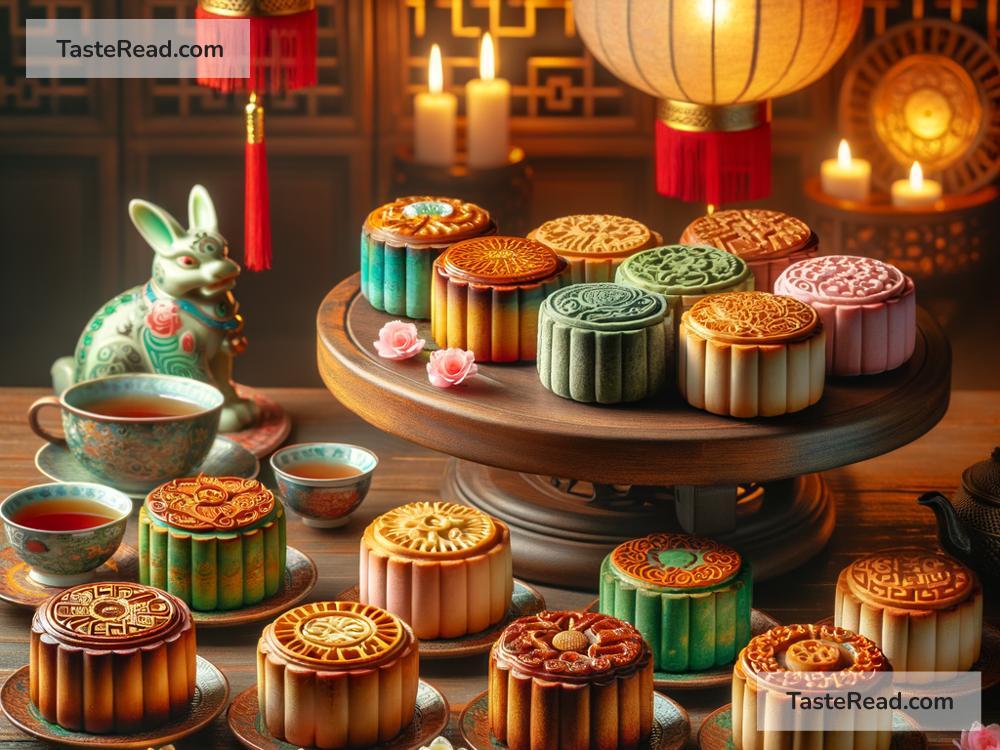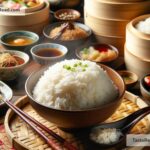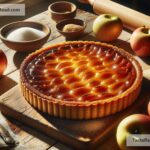The Cultural Significance of the Chinese Mooncake
Mooncakes are small, round pastries filled with different flavors, eaten during the Mid-Autumn Festival in China and other parts of Asia. They are not just sweet treats; they hold deep cultural and historical meaning. For centuries, mooncakes have been a symbol of family reunion, gratitude, and celebration. In this blog post, we’ll explore the cultural significance of the mooncake—why it’s so special and how it reflects the values and traditions of Chinese culture.
What Is the Mid-Autumn Festival?
The Mid-Autumn Festival, also known as the Moon Festival, is one of the most important holidays in China. It is celebrated on the 15th day of the 8th lunar month, when the moon is believed to be at its fullest and brightest. This usually falls in September or October.
The festival is about appreciating the beauty of the moon, spending time with family, and expressing gratitude for the harvest. People gather together to eat special foods, admire the moon, and share stories. The mooncake is the centerpiece of this celebration, making it a beloved symbol of the festival.
Why Is the Mooncake Important?
The mooncake is much more than just a dessert. Its round shape represents family unity, wholeness, and completeness. In Chinese culture, the roundness of the mooncake mirrors the shape of the full moon, which is a sign of harmony and togetherness. Eating mooncakes during the festival is a way to honor these values and strengthen the bonds between loved ones.
Sharing mooncakes is also a way to show kindness and appreciation to others. Friends, families, and colleagues exchange mooncakes to spread goodwill and celebrate the season. This tradition highlights the importance of relationships in Chinese culture.
Historical Roots of Mooncakes
The history of mooncakes goes back over 1,000 years to ancient China. They gained prominence during the Tang Dynasty (618–907 AD), but they became even more legendary during the Yuan Dynasty (1271–1368).
According to a famous story, mooncakes played a key role in resisting Mongol rule during the Yuan Dynasty. As the tale goes, Chinese rebels used mooncakes to hide secret messages about an uprising against the Mongols. These notes, hidden inside the pastries, spread the plan for rebellion. Thanks to the mooncakes, the Chinese successfully overthrew the Mongols and restored their own government. Today, mooncakes not only symbolize unity but also serve as a reminder of resilience and patriotism.
Types of Mooncakes and Their Meanings
Mooncakes come in many varieties, reflecting the diversity of Chinese culture. The ingredients and fillings often carry special meanings, though they differ by region and tradition.
1. Sweet Lotus Seed Paste
This is one of the most traditional mooncake fillings. Lotus seeds represent purity and renewal, making this flavor especially popular during the festival.
2. Red Bean Paste
Red beans symbolize happiness and prosperity. Mooncakes filled with red bean paste are a sweet way to share good fortune.
3. Salted Egg Yolk
Some mooncakes include a salted egg yolk, which looks like a bright full moon. This filling represents blessings, abundance, and the beauty of the harvest moon.
4. Five-Nut Mooncakes
Filled with a mixture of nuts and seeds, this type represents health, harmony, and longevity. It’s often considered a “classic” flavor.
5. Snow Skin Mooncakes
Snow skin mooncakes, which have a softer, chilled crust, have become a modern favorite. They are often filled with trendy flavors like matcha, chocolate, or fruit, showing how mooncakes are evolving with the times.
No matter the flavor, every mooncake carries the heart of Chinese tradition and a deep sense of connection.
Mooncakes Beyond China
While mooncakes originated in China, they are enjoyed across Asia. Countries like Vietnam, Malaysia, Singapore, and Thailand have their own versions of mooncakes and Mid-Autumn celebrations. In Vietnam, for example, bánh trung thu (Vietnamese mooncakes) are shared with family and friends, and the festival includes lantern displays and dances.
Even outside of Asia, mooncakes are becoming more popular thanks to global interest in Chinese culture. Bakeries around the world now make mooncakes to celebrate the Mid-Autumn Festival, introducing more people to their cultural significance.
Mooncakes in Modern Times
Today, mooncakes are not just shared during family gatherings; they have become an important gift-giving item during the festival. Companies often create beautifully packaged mooncake gift boxes to give to business partners, friends, and relatives. This exchange reflects the importance of relationships and appreciation in Chinese culture.
Modern mooncakes also come in creative shapes, flavors, and designs, catering to younger generations who enjoy innovation. Some mooncakes are even made with ice cream or colorful dough, blending tradition with modern tastes.
Still, despite these changes, mooncakes remain a powerful symbol of the Mid-Autumn Festival. Whether traditional or modern, they remind people of the importance of family, unity, and gratitude.
Conclusion
The mooncake is not just a pastry—it’s a piece of Chinese history, culture, and tradition. It tells stories of family love, resilience, and gratitude while connecting people across generations and regions. During the Mid-Autumn Festival, people don’t just eat mooncakes; they share them with loved ones, strengthening relationships and celebrating life’s blessings.
If you ever have the chance to try a mooncake or celebrate the Mid-Autumn Festival, take a moment to appreciate its deeper meaning. Like the full moon shining brightly in the night sky, the mooncake reminds us of the beauty of togetherness and the joy of celebrating culture and tradition.


